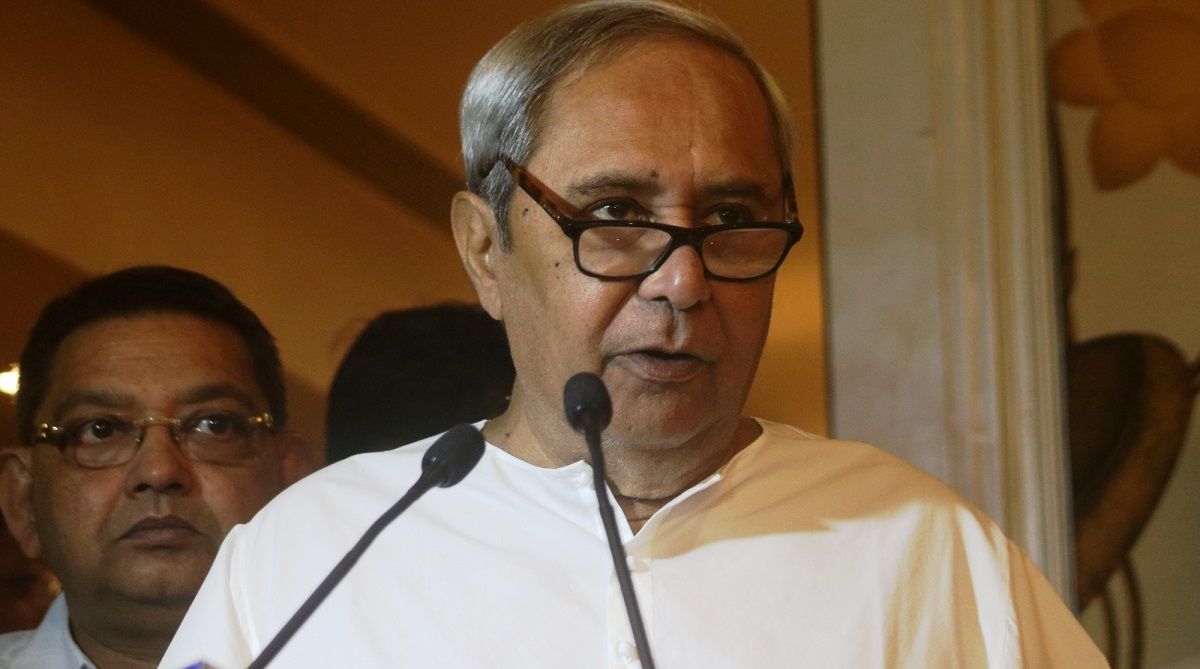In the season of agrarian distress, when farmers in different parts of the country feel compelled to end their lives, Odisha can be credited with an ingenious initiative to alleviate privation, almost endemic. In the context of the controversy in Madhya Pradesh, Chhattisgarh and Rajasthan, the Biju Janata Dal government has abjured the farm-loan waiver.
It has instead announced a Rs 10,000-crore scheme that will provide interest-free crop loans to farmers till 2021. This will, it is fervently to be hoped, mitigate the uncertainties and suffering in a predominantly rural state, with pockets of extreme backwardness.
Advertisement
Ignoring the demands of the Congress and the BJP ~ not really a contender in the Assembly election in 2019 ~ Friday’s meeting of the state cabinet announced the launch of the Krushak Assistance for Livelihood and Income Augmentation ~ floated with the acronym, Kalia. Quite obviously, this is a plan to help the farmer ahead of the Assembly election. Yet it needs to be judged on the basis of empirical data and results, and not readily dismissed as a pre-election gimmick.
The striking feature of the scheme is that farmers can now avail themselves of interest-free crop loans up to Rs 50,000. Just as the administration in Bhubaneswar has come forward to help, so too will the peasantry be expected to utilise the monetary assistance fruitfully. Reports suggest that the Naveen Patnaik government is not exactly in favour of the loan-waiver scheme, which scarcely benefits a large section of the peasantry.
The Chief Minister appears to have been driven by the Benthamite doctrine of the “greatest good of the greatest number”. The farmer stands to benefit tangibly, but the success of the scheme will hinge substantially on execution and utilisation. Going by the Chief Minister’s presentation at the meeting, the record has been fairly encouraging ~ “There are about 32 lakh cultivators and about 20 lakh of them have availed themselves of crop loans. Nearly 60 per cent of them have repaid their debts and only 8 lakh farmers (40 per cent) have defaulted on loans.”
Not wholly unrelated is the Direct Transfer Scheme that was unveiled in Jharkhand on the same day. Financial assistance at the rate of Rs 5000 per acre will be directly transferred to the accounts of those farmers with land holdings of up to five acres. The scheme will benefit 22.76 lakh farmers with effect from the 2019-20 financial year, most particularly during the kharif and rabi cultivation season.
The project, as Chief Minister Raghubar Das claimed on Friday, will dispense with the role of middlemen, who are almost invariably at the centre of agrarian strife ~ “The scheme is launched to double the income of farmers by 2022 and convert the dream of Mahatma Gandhi into reality.” So far, so reassuring.











